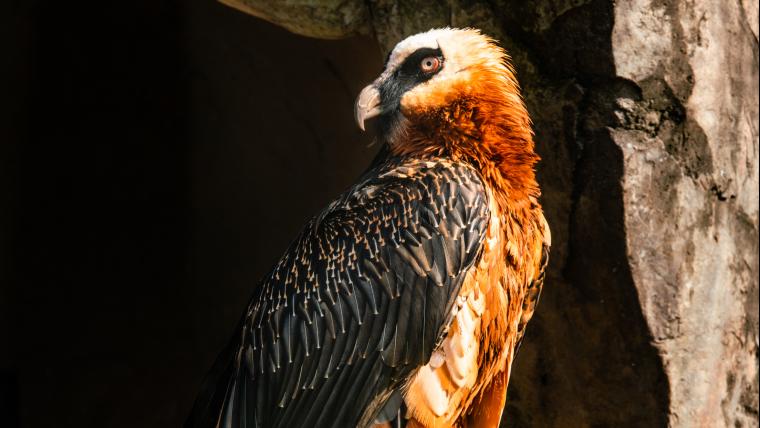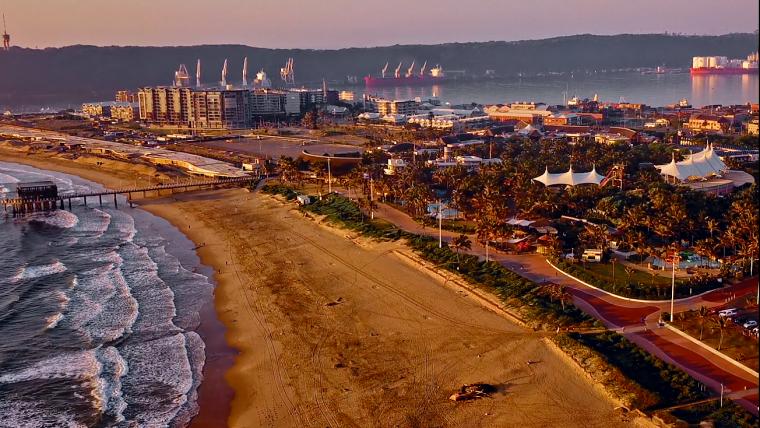
Meet the bone breakers of the Drakensberg
The bearded vulture is a noble harpy. In the southern hemisphere, these raptors are endemic to the Drakensberg, soaring among some of South Africa’s highest mountains. Thick black stripes from their eyes to their beak as well as orange and white feathers distinguish the birds of prey. But their good looks aren't their only intriguing feature; their minds are just as impressive.
Even though bearded vultures are able to hunt for food, their preference for marrow leads them to feed from carcasses. And they have an ingenious way of doing so. The birds drop bones from great heights down to rocky surfaces, allowing it to crack open and reveal the treat entombed inside. When bearded vultures do decide to catch their meal, the most common prey are tortoises, to which they apply the same method to break open the shell. With impeccable vision, these vultures can spot food from six kilometres away, while their wingspan of up to 2.8 metres enables them to swoop down at an impressive rate.
Though they have no shortage of food, bearded vultures are still under threat. In recent years, human impact has driven their population down to an estimated 320 individuals in the wild. Their plight is brought upon by poison from farmers, collisions with power lines, and poaching of their body parts for traditional medicine. Now, with wind turbines planned for their territory, conservationists estimate the species will be extinct within 14 years.
A community of local scientists, conservationists, and NGOs have united to create the Bearded Vulture Task Force. Monitoring and research are underway to determine necessary actions to ensure their survival, and a breeding programme at the African Bird of Prey Sanctuary in KwaZulu-Natal is working towards the same goal. While a bearded vulture’s intelligence is undoubtable, it’s time people also came up with clever approaches to save these birds.
Photographs by Albert Froneman was used in the making of this film.






























Please sign in to leave a comment